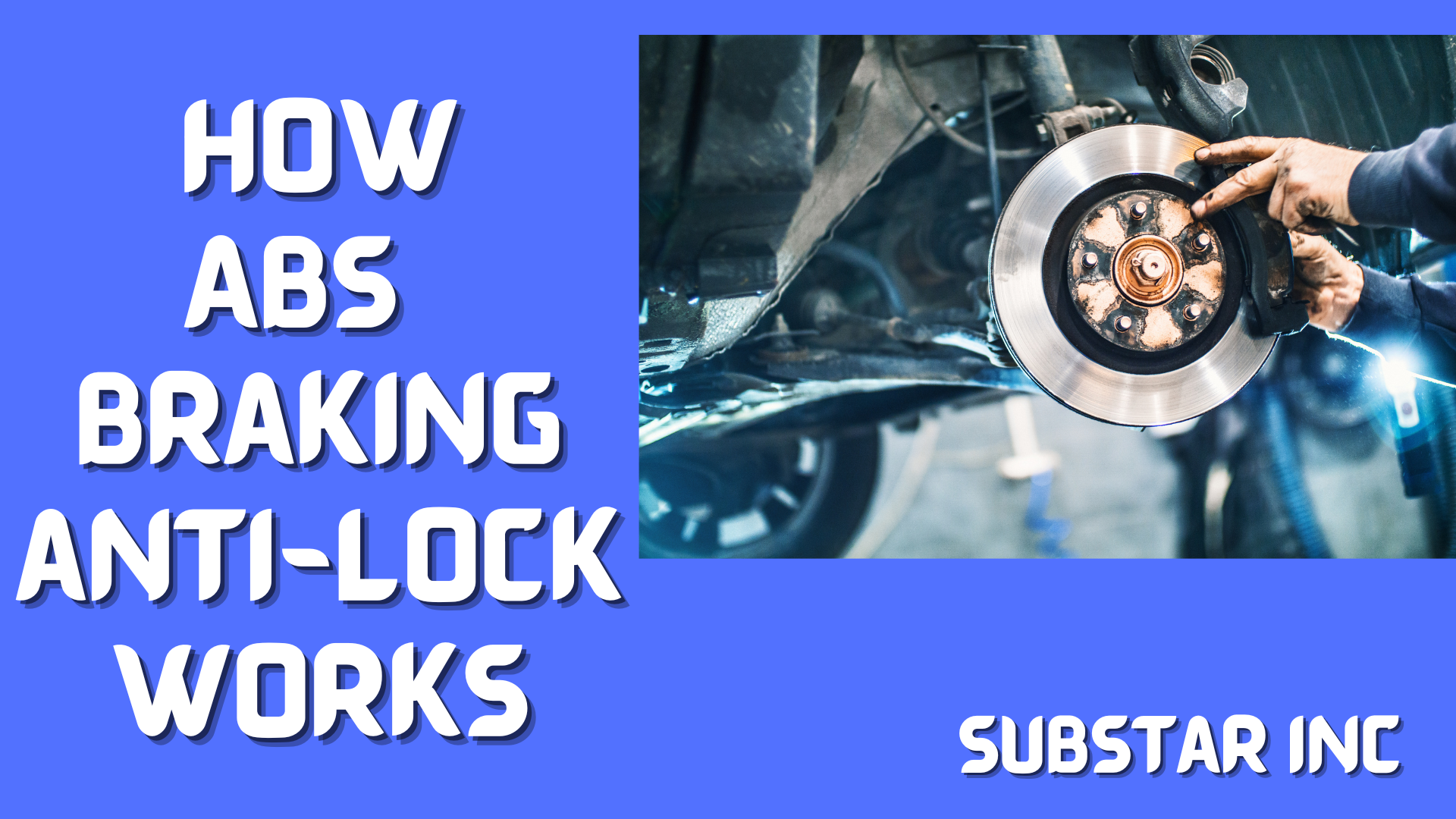How ABS Anti-Lock Braking Works In a Truck
How ABS anti-lock braking works in a vehicle is something that many people are yet to understand. Long ago, braking was difficult as you had to pump the brake pedal for your truck not to skid while braking. The anti-lock braking system (ABS) has revolutionized braking and made it safer. All modern vehicles, including trucks, have an anti-lock braking system. The ABS is a very familiar term though you might not be able to know what it is and how it works.
What is Anti-Lock Brake?
The anti-lock brakes are made to prevent your truck from skidding when you sharply apply brakes. The wheels will lock when your truck is speeding, and you apply brakes instantly. Locked wheels interfere with wheel traction, making the driver lose control of the truck. The ABS is made to prevent wheel locks during an emergency braking.
How ABS Anti-Lock braking Works
A truck with ABS has a sensor on each wheel hub. These sensors determine the speed at which the wheels are rotating and the rate at which your truck accelerates or decelerates. The sensors are part of the electronic stability control (ESC). Not all trucks with the ABS have the ESC, but you can never find the ESC in a truck without the ABS.
If you make a sharp brake, the ABS will sense if your wheels are almost locking, reducing and increasing the braking pressure instantly. When this happens, the wheels will not skip. The excess pressure triggered by the ABS enables the wheels to keep moving as the truck slows down instead of locking. The driver will have absolute control of the truck.
The ABS brakes do not function when you brake gently. They only become effective when you press the brake pedal instantly, for example, during an emergency braking. During your driving lessons, the instructor asked you to apply the emergency brakes at some point. When you do it the right way, you will feel the brake ‘judder’, resulting from the ABS activating when your brakes are rapidly engaging.
The ABS will function effectively on dry and solid road surfaces. It will give you the ability to brake instantly and control your truck. The ABS will increase the stopping distance since it will gradually release the brake in small intervals.
The ABS may not be effective on extreme surfaces like mud, snow, ice, and gravel. Such surfaces do not provide good wheel traction. Therefore, your truck will skid.
Components of Anti-lock Braking System
The anti-lock braking system has 4 components that enable it to perform its role effectively.
- The speed sensors which notifies the system when the wheels are about to lock.
- Valves control pressure in every brake line.
- The pump increases pressure in the brake line when the valve reduces pressure.
- The controller is a computer in the truck which is monitoring the speed sensors and controls the valves.
Conclusion
The ABS anti-lock braking system is one of the safety features every modern truck has. This system enables the driver to have full control of their truck in a situation of emergency braking. Hopefully our guide on how ABS anti-lock braking works helped you learn more about it.



